
It may seem remote from our everyday lives, but the Arctic exerts a powerful influence on the rest of the planet. From rising sea level, to U.S. and European weather, to bird migrations, NOAA Administrator Jane Lubchenco describes how Arctic climate change can influence the rest of the planet.
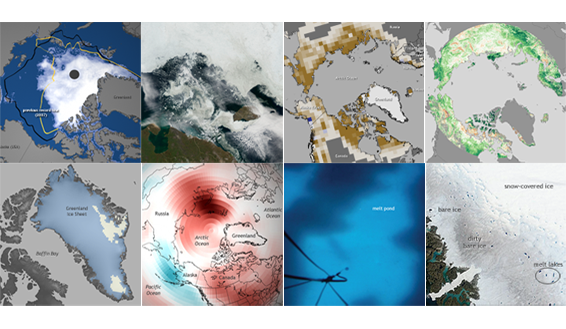
NOAA released the 2012 installment of the annual Arctic Report Card on December 5, 2012, as part of the American Geophysical Union's fall meeting. This image collection is a gallery of highlights based on the report's major themes. It was developed by the NOAA Climate.gov team in cooperation with Arctic Report Card authors and other Arctic experts.
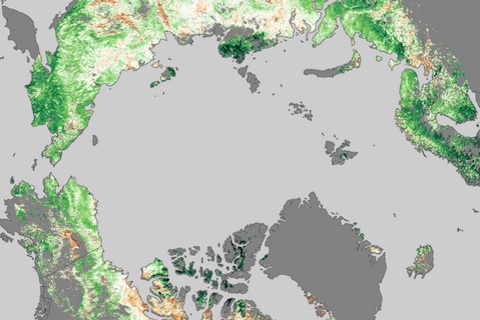
Few real-world signs of climate change are easier to read than changes in the growing season of familiar vegetation. Most of the high-latitudes of the Northern Hemisphere are experiencing longer growing seasons now than they did more than two and half decades ago.
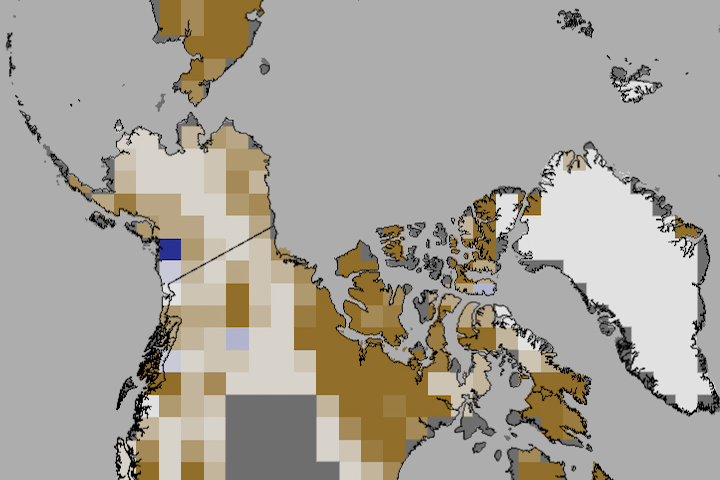
In June 2012, snow cover extent over Eurasia and North America hit a new record low. It is the third time in five years that North America has set a new record low, and the fifth year in a row that Eurasia has. The rate of snow cover loss over Northern Hemisphere land areas in June between 1979 and 2012 is -17.6% per decade—a faster decline than September sea ice loss over the same period.
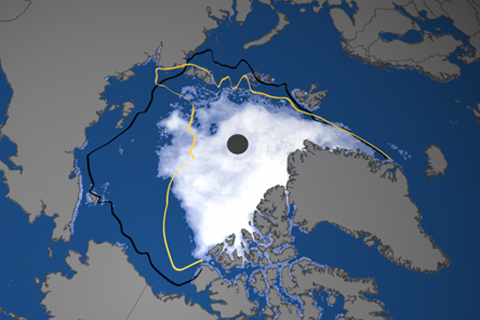
The 2012 Arctic sea ice extent was nearly 50 percent smaller than the long-term (1979-2000) average. For sea ice to have shrunk to half its historic summer extent is as much a transformation of the environment as if half the forests of New England had been replaced by cactus.
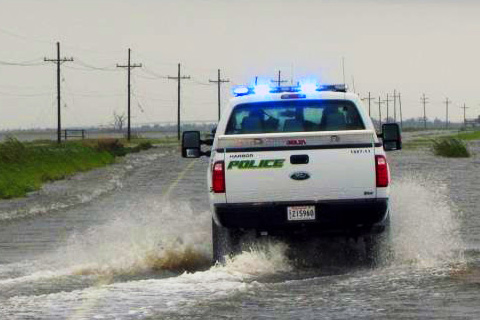
At the edge of southern Louisiana sits Port Fourchon—the hub through which 20 percent of our nation’s oil and gas supplies are distributed to the rest of the country. The only road leading to and from this major port is the Louisiana-1 Highway. A drive down the LA-1 through a vulnerable but vibrant coastal landscape shows what is at stake if ‘America’s longest main street’ fails to stay above water.
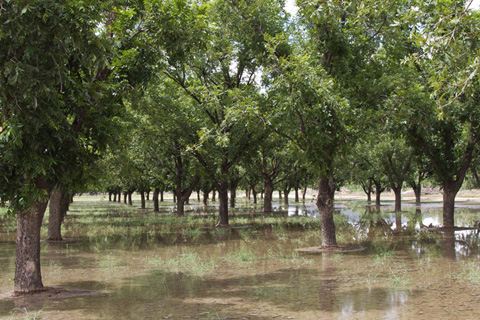
Pecan and chili growers along the Lower Rio Grande can tap groundwater during droughts, but the aquifer water is salty and harmful to the soil over the long term.
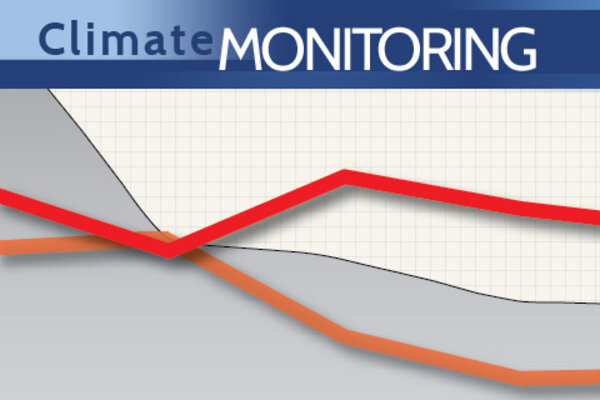
The Making of the Hottest Year on Record: USA Temperature Update
November 8, 2012

